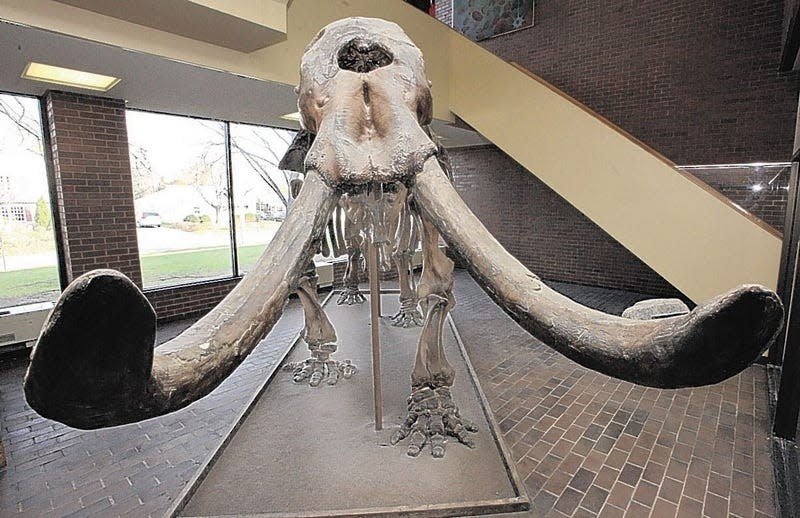Bannerman’s Island, New York
The thing about a constellation when it’s close up is that it changes. There’s parallax. The far-off stars of the Big Dipper, Scorpio, or Cygnus are fixed points relative to one another, and the constellations themselves are fixed in relation to one another too. They’re pictures.
Not so Melissa McGill’s work of seventeen new stars summoned to earth on a rocky becastled outcrop in the Hudson River known as Pollepel, or Bannerman’s, Island. This “Constellation”—the installation’s name—is a living, gently whirling cluster whose points speak to one another at varying distances, and to the fixed stars above, and to their own rippling reflections on the river, and to the crenelations and towers from which they rise. Moment by moment, they have something slightly different to say.
Storm King Adventure Tours, the official kayaking tour company for the project (and whose principals were its lighting design consultants) offered my wife and me a trip to see Constellation during a press preview, from down low on the water, while the artist served as docent for the media aboard a nearby tour boat. We accepted and joined a few others on a Friday evening that seemed manufactured for the purpose.
The Hudson here, at the south end of Newburgh Bay, is a mile and a half wide; the trip from the small cove at Donahue Park in Cornwall-on-Hudson, on the western shore, is most of that. It took about twenty minutes. We approached just before sunset over a mild chop, feeling a gentle breeze from the north that slowly died as we advanced. Someone asked a guide about the depth. South of us, he said, near West Point, it was 180 feet deep, the deepest part of the river. He didn’t want to say how deep it was where we were. It was deep enough. (Later I checked. It was 60 feet deep. We were all thinking about the apparent murder, this spring, of a kayaker in this spot.) The water that poured from the paddle blades was warm.























